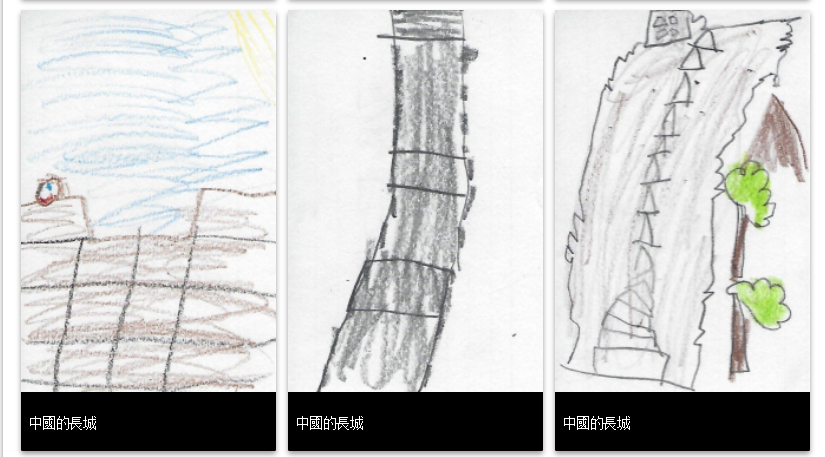Summary
In this 9-week long project, AP Government students take on the role of both interest group lobbyists and lawmakers. Issues of interest are selected and researched by small, self-selected student groups who begin with the issue in its infancy and develop it into a bill that is drafted, defended, revised, and eventually sent to a United States Congressman and/or Senator. In the process of developing the bill for their selected interest group’s issue, students attempt to raise public awareness and increase activism by creating a brochure and a public service announcement, which are published to the internet.
TIPC Ratings
Each component of this project is driven by the students’ research on a self-selected topic of public policy. Students are challenged to locate and synthesize information that supports their selected cause, and must evaluate the authenticity of the information that is included in their brochures, bills, and public service announcements.
All components of this lesson require students to communicate and collaborate with their group members. Students use digital tools including Google documents and electronic messaging to communicate within their groups. Additionally, students share their digital artifacts with the general public by publishing them to the web. During the “committee hearings”, following the the presentation of each bill, the presenting students engage in reflective dialogue with the committee members. This dialogue prompts the bill’s creators to evaluate and justify the content of their bill and the processes through which the bill was written, and challenges students to evaluate ways in which they can improve their bill during the revision process.
In defending their bills before a mock committee, students are challenged to think on their toes and know the “ins-and-outs” of the issue for which they are advocating. During these discussions, students also debate the importance of the processes through which bills become laws. When creating their PSAs, students must synthesize the information contained in their bills and present it in a way that is easily understood by the general public who view these Public Service Announcements. After drafting letters to the Congressmen and/or Senators to whom they will send their bills, students reflect on their work during a class discussion regarding the liklihood that their bills will be taken into consideration by the lawmakers who receive them and whether the process of drafting, defending, revising, and advocating for a bill is worth the outcome.
Students create a variety of digital artifacts, including an electronic draft of a congressional bill, a digitally-created brochure for their chosen interest group, and a public service announcement (PSA) video that is skillfully edited and later published to the internet. During class presentations of the PSAs, students engage in dialogue with their classmates, reflecting on the processes used, choices made, and challenges faced during the creation of their PSA videos.
Student Artifact
Vote Hemp – AP Government PSA from HCPS Instructional Technology on Vimeo.






